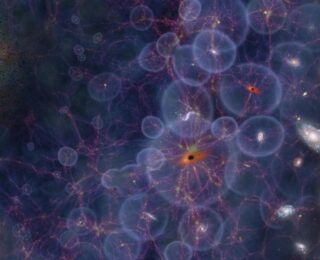
by Guest | Oct 21, 2023 | Undergraduate Research
In the latest of our #UndergradResearch series, discover how Lauren Elicker studied light from some of the most distant observable galaxies to better understand how our universe was reionized!
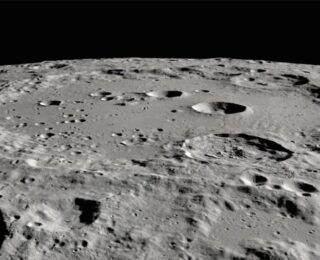
by Guest | Oct 7, 2023 | Undergraduate Research
For today’s Undergrad Research submission, an undergraduate at U of Georgia is simulating collisions on the Moon’s surface to investigate how water could have been produced there.

by Guest | Oct 3, 2023 | Undergraduate Research
In today’s addition to our Undergrad Research series, a collaboration of students presents their guide to reducing JWST NIRSpec IFU data.
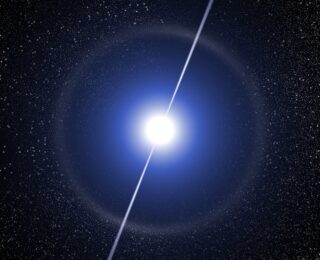
by Guest | Aug 28, 2023 | Undergraduate Research
In the latest of our Undergrad Research series, discover how Justine Singleton fit different pulsar lightcurves as part of NANOGrav.
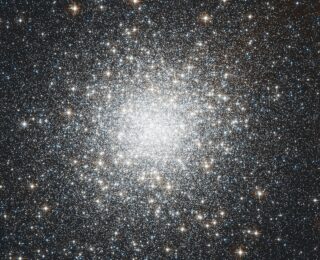
by Guest | Aug 23, 2023 | Undergraduate Research
In the latest of our #UndergradResearch series, discover how Fred Angelo Batan Garcia used cosmological simulations to explore globular cluster formation!
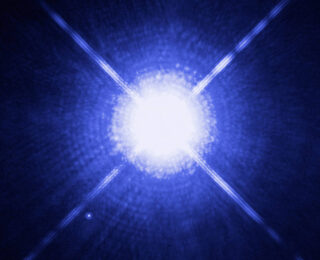
by Guest | Apr 15, 2023 | Undergraduate Research
In the latest of our #UndergradResearch series, discover how Arianna Dwomoh characterized a star devouring a planetary remnant!






